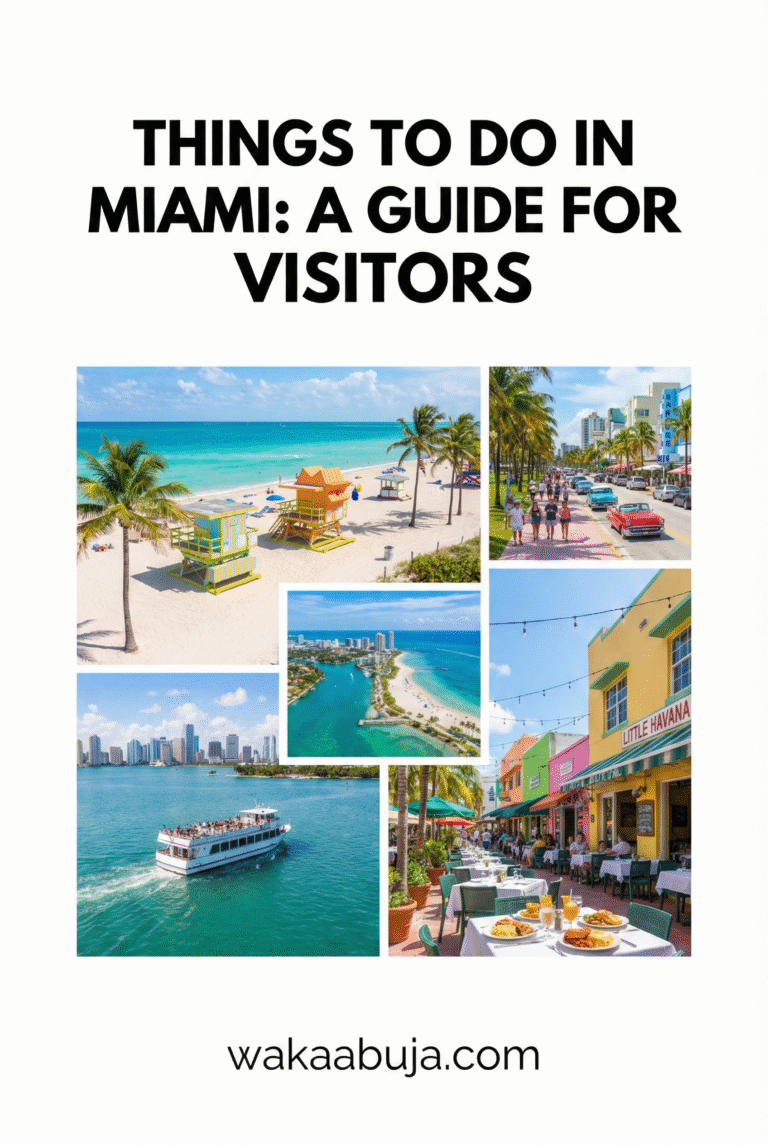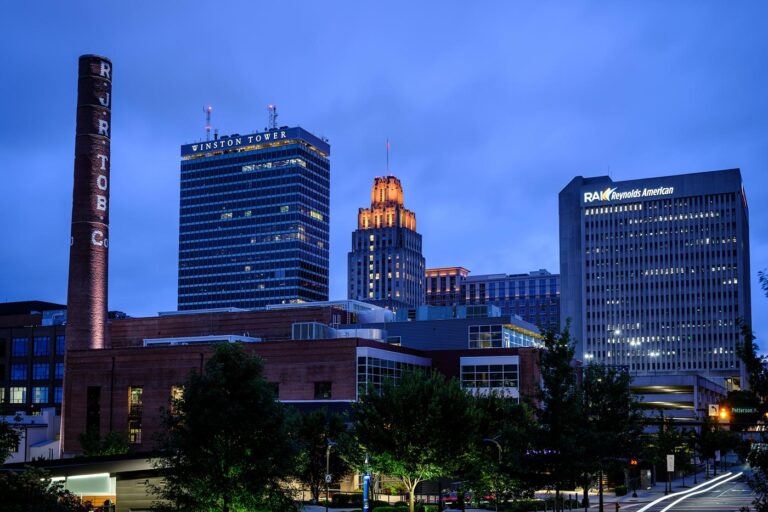Asakusa is Tokyo’s historic heart, home to the iconic Sensoji Temple and Nakamise shopping street. This guide covers everything from must-see sights, local tips, best times to visit, budget-friendly advice, safe travel practices, and insider insights to make your trip unforgettable.
Whether you want to explore traditional culture, enjoy street food, or capture stunning views of Tokyo Skytree, Asakusa offers a perfect blend of old and new.
Plan for at least half a day to a full day to soak in its charm, and use this guide for a smooth, authentic experience.
Discovering Asakusa: Where Tradition Meets Tokyo’s Vibrant Charm
Asakusa is one of Tokyo’s oldest neighborhoods, where the spirit of Edo-era Japan still lingers amid bustling streets and vibrant markets. The centerpiece is Sensoji Temple, Tokyo’s oldest Buddhist temple, renowned for its majestic Kaminarimon (“Thunder Gate”) with its iconic giant red lantern.
Walking through the Nakamise Street that leads to the temple, you’ll find centuries-old shops selling traditional snacks, souvenirs, and crafts. Asakusa perfectly balances deep-rooted culture with lively urban energy, making it a must-visit for travelers seeking authentic Japanese experiences.
From historic temples to riverside strolls along the Sumida River and views of the soaring Tokyo Skytree, Asakusa offers a rich palette of sights and activities. It’s a place where you can try on a kimono, savor street food like melon pan and rice dumplings, and explore hidden gems like the Culture and Tourism Center’s observatory deck.
Must-See Attractions and Experiences in Asakusa
Sensoji Temple
The oldest temple in Tokyo, famous for its Kaminarimon Gate and vibrant temple grounds. Don’t miss the incense burner for good health blessings and the Omikuji fortune slips.
Nakamise Shopping Street
A lively street lined with over 90 shops selling traditional snacks like rice crackers and souvenirs such as folding fans and yukata robes.
Sumida River Walk & Cruise
Enjoy peaceful riverside strolls with views of Tokyo Skytree. Consider a river cruise for a relaxing perspective of the cityscape, especially beautiful at sunset.
Asakusa Culture and Tourism Center
Free entry to an 8th-floor observation deck offering stunning panoramic views of Asakusa and Tokyo Skytree—perfect for photos, especially at night.
Insider Tips and Personal Insights: How to Experience Asakusa Like a Local
From my visits, the best time to explore Asakusa is early morning or late evening when crowds thin out, allowing you to absorb the serene temple atmosphere. Weekdays are preferable to avoid weekend congestion. Try renting a kimono for a few hours to stroll the streets authentically—it’s surprisingly affordable and a fantastic photo opportunity.
For food lovers, don’t miss melon pan from Kagetsudo or the legendary 7-tiered green tea ice cream at Suzukien. Also, explore Hoppy Street nearby for lively izakaya bars serving local drinks and monjayaki, a savory Tokyo-style pancake.
A rickshaw ride is a charming way to see hidden spots and hear local stories. Expect to pay around 9000 yen for a 30-minute tour for two, but it’s worth every yen for the unique perspective.
Planning Your Visit: When to Go, How to Get There, and Getting Around
Best time to visit: Spring (March to May) for cherry blossoms and autumn (October to November) for colorful foliage. Early mornings or evenings provide a quieter experience.
How to get there: Asakusa is well connected by Tokyo Metro Ginza Line, Toei Asakusa Line, Tsukuba Express, and Tobu Railway. From Tokyo Station, take the JR Yamanote Line to Kanda, then transfer to the Ginza Line to Asakusa (~30 minutes total). From Shinjuku, the route is similar via Kanda Station.
Getting around: Asakusa is compact and best explored on foot. For a unique experience, consider a rickshaw tour or use taxis for convenience. The Tokyo Water Bus offers scenic river transport options.
Where to Stay: Accommodation Options in Asakusa
Asakusa offers a range of accommodations from budget hostels to boutique ryokans and mid-range hotels. Staying near Sensoji Temple or Asakusa Station puts you in the heart of the action.
Budget
Hostels and guesthouses from 2,500 to 5,000 yen per night. Great for solo travelers and backpackers.
Mid-range
Comfortable hotels and traditional inns (ryokan) from 8,000 to 15,000 yen per night, often with breakfast included.
Luxury
High-end hotels near Tokyo Skytree or along the river, with prices starting around 20,000 yen per night and up.
Typical Costs, Suggested Budgets & Money-Saving Tips
Asakusa is quite affordable compared to other Tokyo districts. Here’s a rough daily budget guide:
Money-saving tips: Visit free observation decks like the Asakusa Culture and Tourism Center, enjoy street food instead of sit-down meals, and buy souvenirs at Nakamise Street rather than touristy shops elsewhere.
Safety Tips: How to Stay Safe in Asakusa
Asakusa is generally very safe, but keep these tips in mind:
- Watch your belongings in crowded areas like Nakamise Street to avoid pickpocketing.
- Stay hydrated and wear comfortable shoes; you’ll be walking a lot.
- Follow temple etiquette—be respectful when taking photos and during rituals.
- In case of emergency, dial 110 for police and 119 for fire/ambulance.
Tours and Activities: Enhance Your Asakusa Experience
To deepen your understanding of Asakusa’s culture and history, consider these tours:
- Guided walking tours focusing on temple history, traditional crafts, and street food tastings.
- Rickshaw rides offering personalized storytelling and hidden spots.
- Sumida River cruises for scenic views and photo ops.
- Kimono rental experiences paired with professional photography sessions.
Booking online in advance often secures better rates and availability. Popular providers include GetYourGuide and local Asakusa tour operators.
How Long Should You Stay in Asakusa?
For a fulfilling experience, I recommend spending at least half a day (4-5 hours) to explore the main sights leisurely. If you want to immerse yourself fully—try local foods, take a river cruise, visit museums, and enjoy a kimono experience—plan for a full day. Many travelers combine Asakusa with nthe nearbyTokyo Skytree and Ueno Park for a rich cultural itinerary.
Exact Location and Directions: Interactive Map
Frequently Asked Questions About Asakusa Travel
What is the best time of day to visit Sensoji Temple?
Early morning or late evening to avoid crowds and enjoy a peaceful atmosphere. The temple is beautifully illuminated after dark.
Is Asakusa suitable for families with children?
Absolutely. The area offers kid-friendly street food, spacious parks by the river, and cultural experiences that can engage all ages.
Are credit cards widely accepted in Asakusa?
While many shops and restaurants accept cards, smaller vendors and street stalls often prefer cash. It’s wise to carry some yen in cash.
How can I get emergency help in Asakusa?
Dial 110 for police emergencies and 119 for fire or medical emergencies. Many tourist spots have English-speaking staff or information centers.
WakaAbuja has made every effort to ensure that the information in this post was correct at the time of publication. However, we do not assume any liability caused by errors such as pricing, hours, or location details.
Please consult official websites or social media pages for the most up-to-date information.




